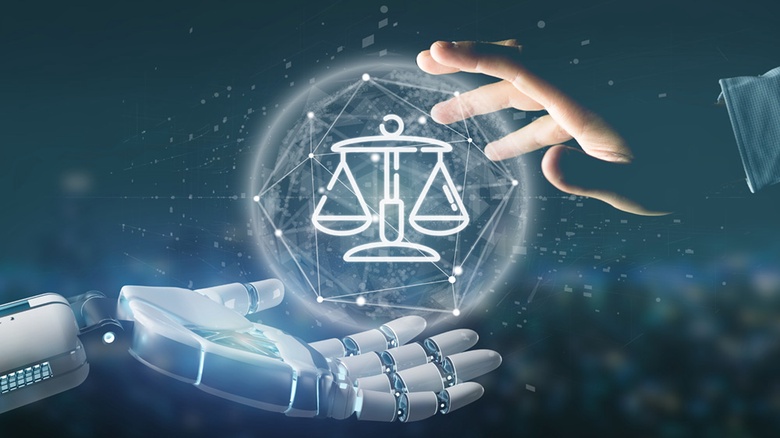
This course explores practical implications of using digital technology in family law cases, with a particular focus on family law cases with a cross-border element. There are several separate dimensions to the utility of modern technologies, including AI, in the area of international family law. First, the employment of assisted reproduction technologies combined with the use of the Internet has led to the proliferation of modern family building methods such as international surrogacy arrangements, egg and sperm donation across international borders and cross-border embryo donation. Second, the course explores the use of modern technologies in the area of judicial cooperation in cross-border family proceedings. Third, modern technologies have been utilised by the Hague Conference on Private International Law for the purpose of managing and monitoring the operation of several international Conventions and EU Regulations in the sphere of private international law of family law. These include an electronic statistical database on international parental child abduction called ‘INCASTAT’, and an electronic case management and secure communication system for the cross-border recovery of maintenance obligations under the EU 2009 Maintenance Regulation and the 2007 Hague Conference Child Support Convention called ‘iSupport’, which uses the e-CODEX electronic communication technology. Fourth, the course examines (potential) utility of AI in respect of family law, in particular matrimonial matters. Finally, the course focuses on selected procedural aspects of cross-border family proceedings related to admissibility of evidence, specifically the use of facial recognition technologies to locate the missing child and the abducting parent in cases of international parental child abduction.
- Teacher: Katarina Trimmings
- Assistant: Giulia Gabrielli
- Assistant: Jura Golub